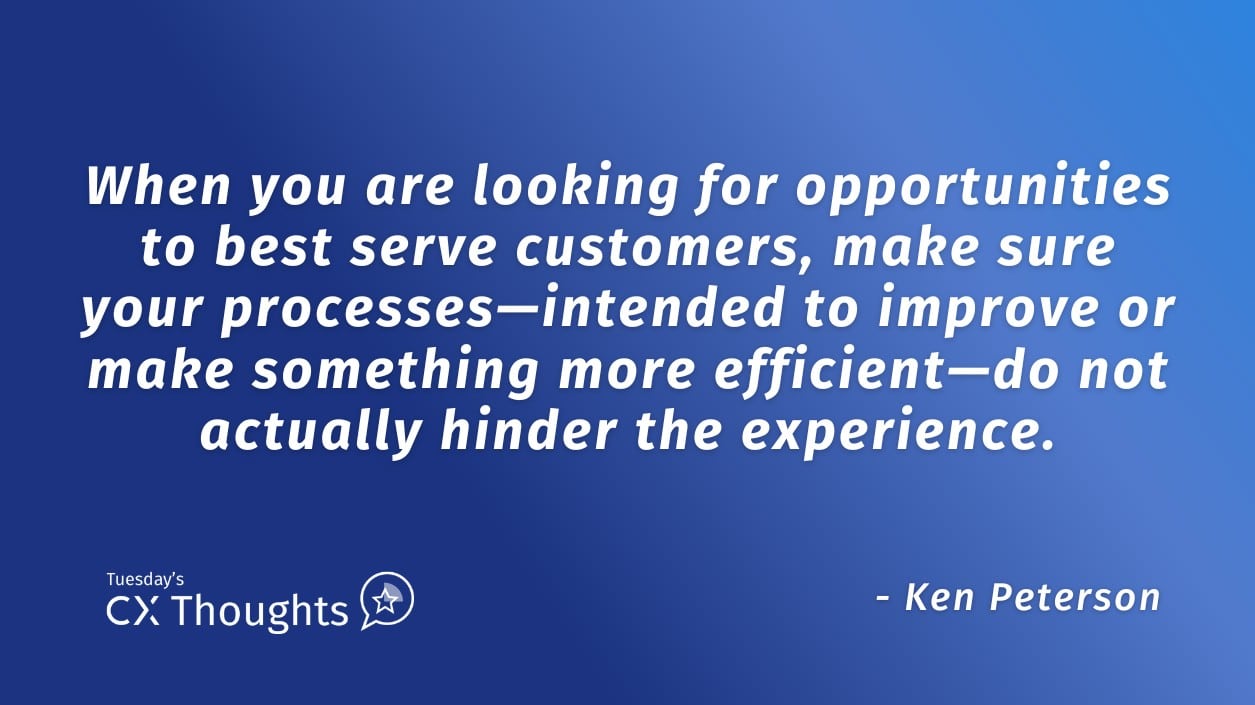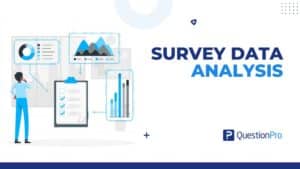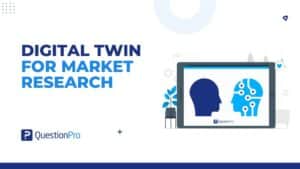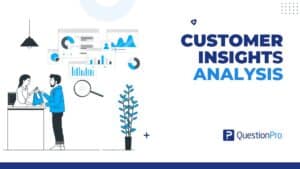
Check Out This Week’s Video Summary with Ken:
Getting it right in Customer Experience Management can be difficult. It feels like the standards are always increasing and that expectations can change with the weather. Believe it or not, sometimes we go too far with customers. I’m not talking about giving away products for free (although that would be a terrible idea) or even balancing loyalty and any pricing concessions.
Recently, I had to enter information into a portal regarding QuestionPro responding to a Request for Information (RFI), which we frequently encounter in our industry. There are a variety of such portals: some come through purchasing, others for entering compliance information and even QuestionPro has the requirement for getting access to our survey tool. For security reasons, most systems require a two-factor authentication through the email address on record to gain access.
This one was no different. However, there was something that stood out to me, after I submitted my email address for validation, there was an advisory that was a paragraph in length. It said if your email provider was one of the following domains or ISPs, your provider may place this email in your SPAM or Junk folder or possibly filter it out completely. Well that can be a challenge – especially since the one-time passcode was required to login, and the list of ISPs that were on the list included that of our business.
I know better than anyone that security is important, I work with an online business services company. However, for this company hosting the portal and my own ISP, they were doing their job so well that I was unable to do my job. Perhaps they were doing too good a job – one at eliminating security threats and the other at eliminating potential junk mail. In this case, I do not even know who is more at fault. Is it the one that is overzealous in ensuring no junk mail appears in my SPAM folder? Or is it the one that has only one option to login to the website? I still do not know the answer to that one, but fortunately I was able to create a workaround.
One of the reasons I advocate for the Customer Effort Score (CES) is just for scenarios like this. This is not about one key performance indicator being better than another, rather just the understanding of why a customer may respond in a specific way. I would likely recommend our ISP despite this situation – after all this is just a small area of dissatisfaction relative to the overall relationship. Would my Net Promoter Score be high with the information portal? Unlikely since I do not often find myself in a position to recommend a portal used for an extremely niche purpose.
This is not a unique situation even if it does not happen every day. I have websites that constantly log me out even when I select “Remember me for 30 days”. I have one company that sends “Other items we think you’d be interested in…” emails several times daily – just taking up space in my inbox and frustrating me (where is the extra SPAM filtering in this case?). It could even be as simple as putting too few items in each bag at the grocery store just to keep them light – and instead ending up with too many bags (that is you still have baggers at your grocery store… and cashiers… and bags). There are plenty of scenarios where you might go too far in trying to ensure a great experience.
When you are looking for opportunities to best serve customers, make sure your processes—intended to improve or make something more efficient—do not actually hinder the experience. When you measure, use the correct key performance indicator. You can still calibrate for understanding across journeys – if you need a Net Promoter or Customer Satisfaction Score for comparison – but the metric for the journey should be the correct one. That way, you will know if you are serving the customer correctly or doing too little – or perhaps doing too much.







